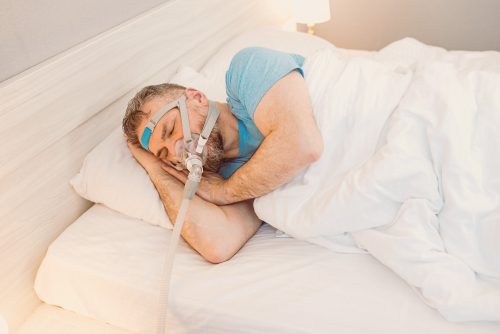Sleep apnoea is a common sleep disorder that affects millions of people worldwide, making it a significant public health concern. The condition is characterized by interrupted breathing during sleep, which can lead to fragmented sleep, daytime sleepiness, and other health problems. Sleep apnoea can be classified into two types, obstructive sleep apnoea (OSA) and central sleep apnoea (CSA), with OSA being the most common type. The diagnosis of sleep apnoea is typically made through a combination of symptoms, medical history, and diagnostic tests, such as a sleep study.
Symptoms of sleep apnoea can vary widely and may not always be apparent. One of the most common symptoms of sleep apnoea is loud snoring, which is caused by the vibration of the soft tissues in the throat. Other symptoms may include gasping or choking during sleep, waking up with a dry mouth or sore throat, and excessive daytime sleepiness. In severe cases, sleep apnoea can also lead to high blood pressure, heart disease, and stroke. It is important to note that not everyone who snores has sleep apnoea, and not everyone who has sleep apnoea snores.
The causes of sleep apnoea can be complex and multifactorial. Obesity is one of the most significant risk factors for OSA, as excess weight can lead to the narrowing of the airway. Other factors that can contribute to the development of sleep apnoea include alcohol use, smoking, and certain medical conditions, such as hypothyroidism and acromegaly. CSA, on the other hand, is caused by a failure of the brain to signal the muscles to breathe during sleep. This can be due to medical conditions such as heart failure or stroke, or the use of certain medications. Treatment for sleep apnoea depends on the severity of the condition and the underlying causes. Lifestyle changes such as weight loss, regular exercise, and avoiding alcohol and smoking can be effective in mild cases of sleep apnoea. For moderate to severe cases of sleep apnoea, medical interventions such as Continuous Positive Airway Pressure (CPAP) or surgery may be necessary.
Research in the field of sleep apnoea is ongoing, and new treatments and approaches are constantly being developed. One area of research is focused on identifying biomarkers for sleep apnoea, which can help with early diagnosis and treatment. Researchers are also exploring the use of neuromodulation, which involves using electrical stimulation to the nerves that control breathing during sleep. There is also growing interest in the use of alternative treatments, such as acupuncture and yoga, for the management of sleep apnoea. Additionally, recent studies have suggested that certain dietary changes, such as reducing sugar intake and increasing omega-3 fatty acid intake, may help improve symptoms of sleep apnoea.
In conclusion, sleep apnoea is a complex and multifactorial sleep disorder that can have significant health consequences if left untreated. Diagnosis and treatment of sleep apnoea can involve a range of approaches, from lifestyle changes to medical interventions such as CPAP or surgery. Ongoing research is focused on developing new treatments and understanding the underlying causes of sleep apnoea. With proper diagnosis and treatment, individuals with sleep apnoea can experience improved sleep quality and overall health.

